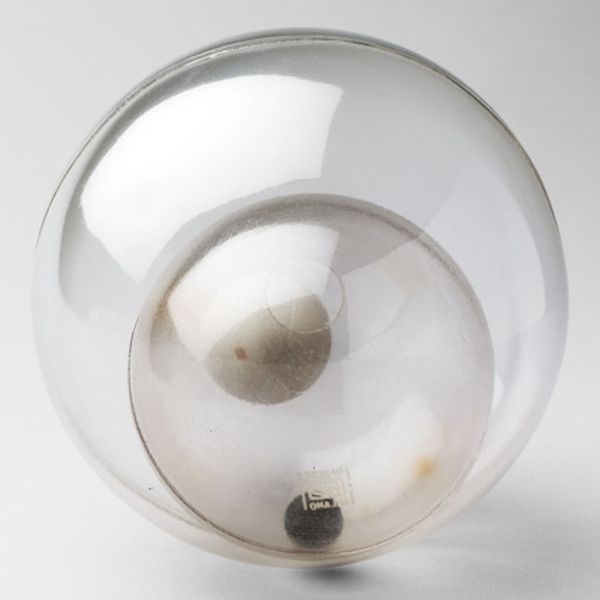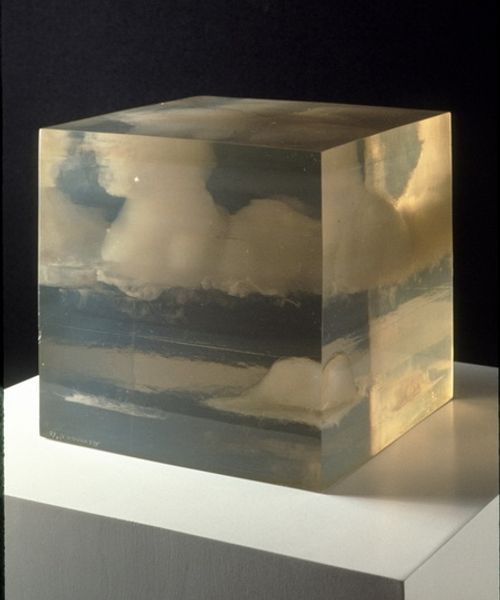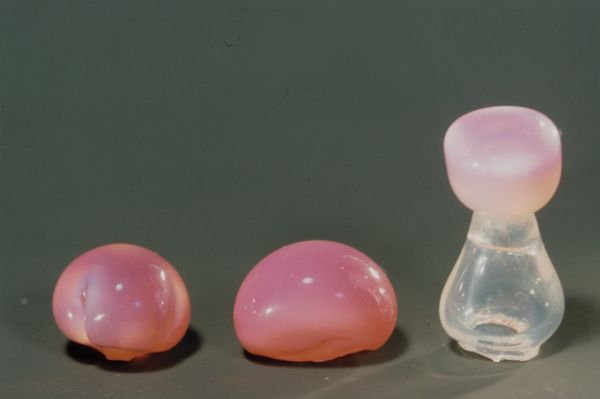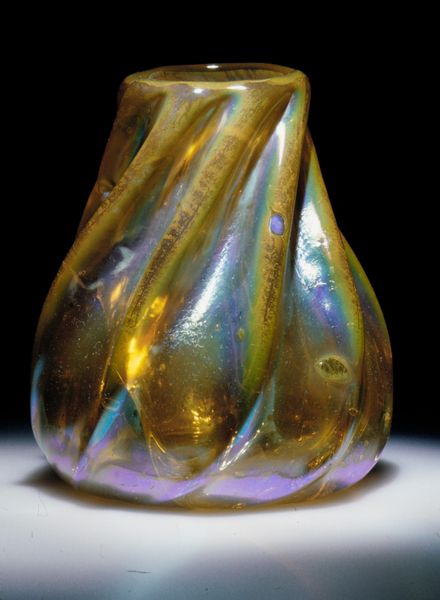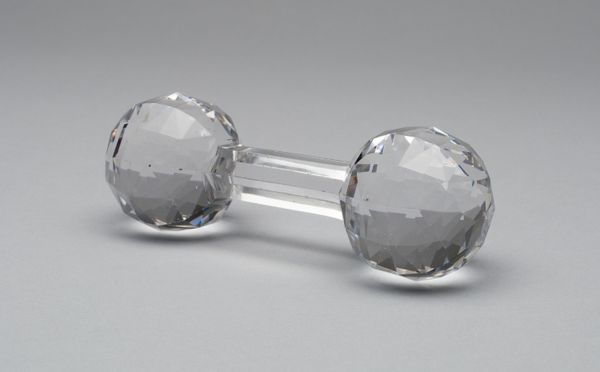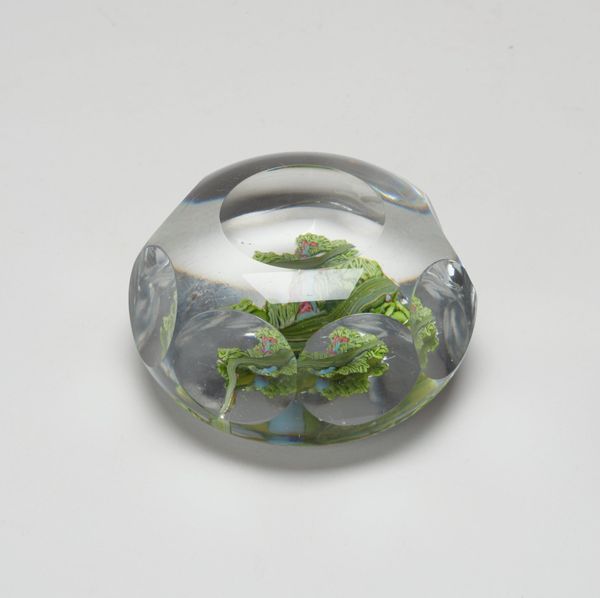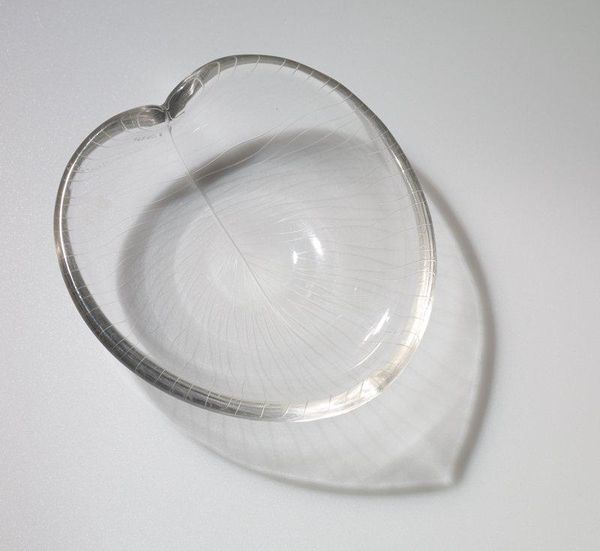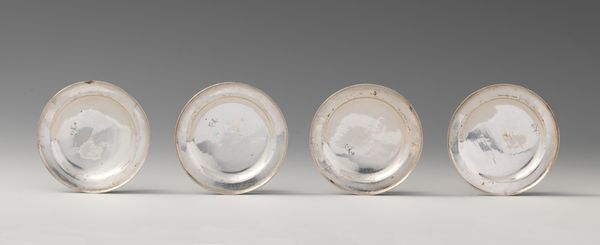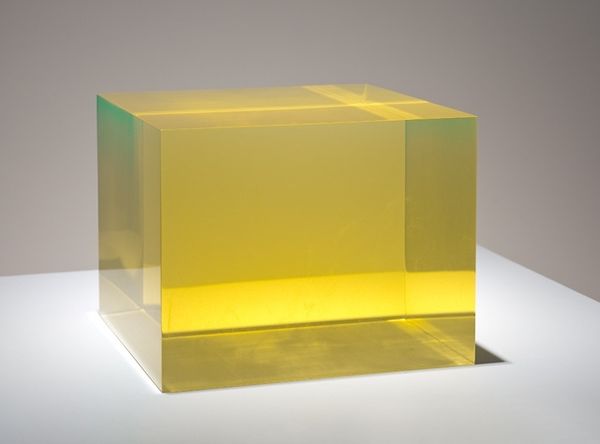
Copyright: Lita Albuquerque,Fair Use
Curator: It’s rather striking, isn't it? Like walking on another planet, perhaps a water-rich moon. Editor: That stillness... It feels expectant. Unsettling, almost, like the calm before a storm. But let's contextualize that feeling, shall we? What are we looking at exactly? Curator: This mixed-media installation, created in 2004, is called "Stellar Mapping." Lita Albuquerque, the artist, deploys glass and ceramic to create these intriguing orbs of water, mimicking a star chart on a seemingly infinite plane. Albuquerque's artistic vision delves into our human relationship with the cosmos. Editor: Interesting. So these spheres aren't random? They’re positioned with intention? The artist seems to make an implicit comment on power structures, on celestial narratives, through a deconstruction of the sublime. What is Albuquerque saying here about mapping the known universe and our place within it? Curator: Albuquerque often incorporates environmental art strategies that examine existential ideas about identity and place within an ever-changing and increasingly fragile world. Consider the materials here—glass, ceramic, water—evoking fragility, clarity, and the essential nature of life itself. The placement too isn't arbitrary, and it asks viewers to consider these arrangements in the context of global geopolitics. Editor: So, an ordered view of the cosmos presented with fragile components, vulnerable to disruption. I’m thinking of the ways our knowledge frameworks around identity are constantly contested and reshaped through shifting societal norms. I appreciate the conceptual rigor that addresses cultural narratives within astronomical constructs. This approach highlights how meaning is co-constructed and never simply delivered from a central position of authority. Curator: It certainly provokes discussions on environmental responsibility and our collective roles within a broader political context. Albuquerque effectively makes viewers question assumptions about human-centric perspectives. Editor: Looking at the larger historical narratives, such as the role of cartography in colonialism and exploitation, one has to recognize how the presentation, location, and reception of such works shift its intended implications across generations of observers. These "maps" aren't neutral—they exist within a continuum of complex ideas. Curator: Yes, viewing this piece, our awareness shifts. Perhaps prompting a much-needed reconsideration of our roles as observers. Editor: "Stellar Mapping" presents us with opportunities to view how environmental issues resonate on the largest social scale. Thank you for your time.
Comments
No comments
Be the first to comment and join the conversation on the ultimate creative platform.
